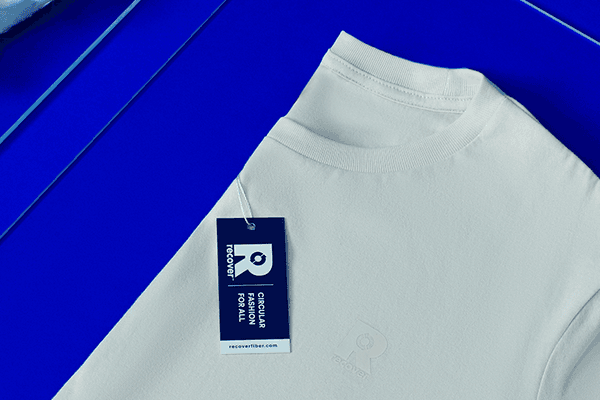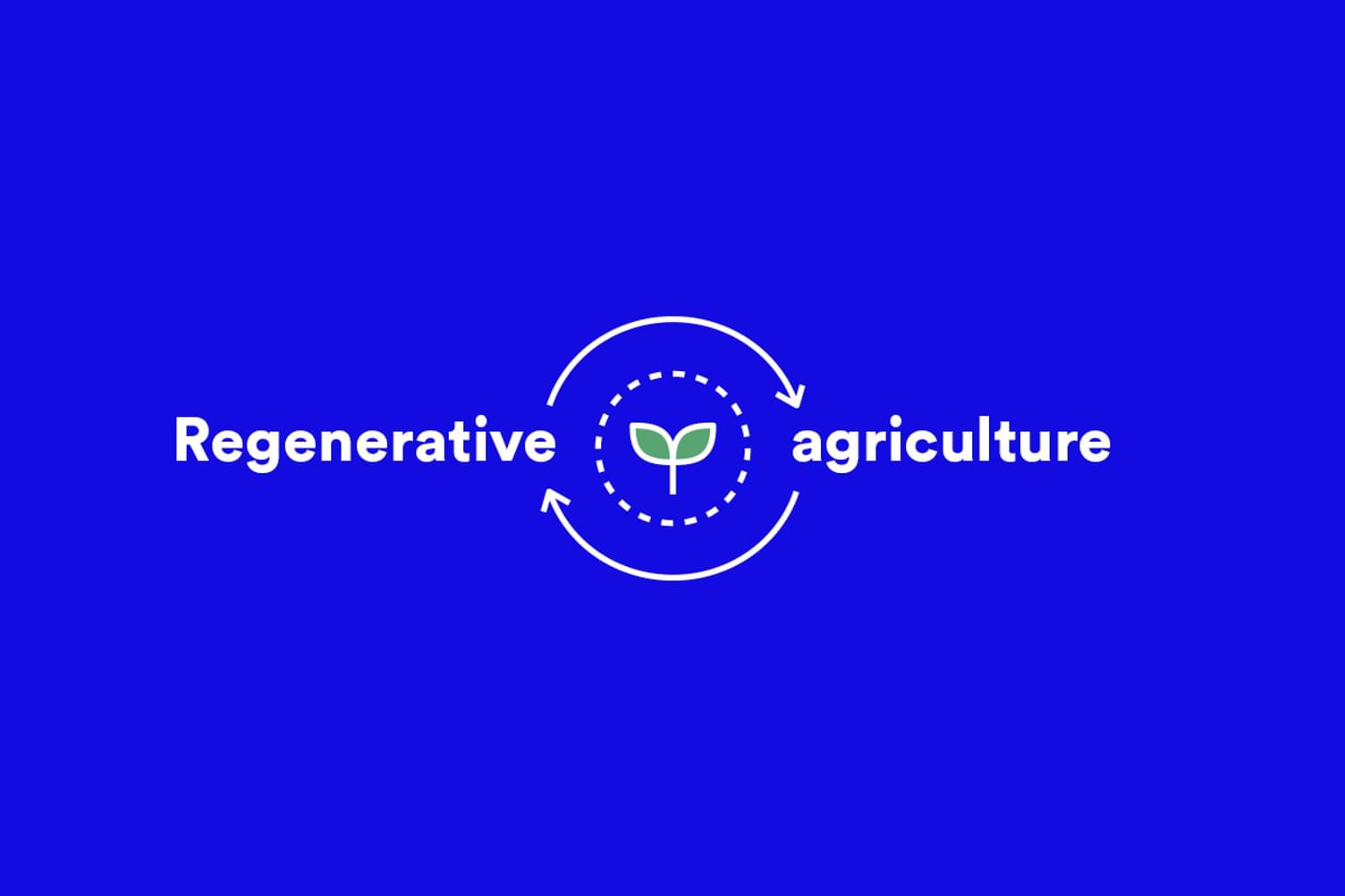Why did we make a small batch of sample garments?

Site map
Regenerative agriculture is a conservation and rehabilitation approach to food and farming systems. It is a view of agriculture that works in alignment with natural systems, and which recognizes the value and resilience of interconnected and mutually beneficial ecosystems vs. extractive agriculture systems.

Examples of regenerative practices include but are not limited to crop rotations, cover cropping, reduction of off-farm inputs alongside maximization of on-farm inputs, diversification of pasture species, managed grazing rotations, silvopasture, windbreaks, and alley cropping [1]. Indigenous and native people have been employing this approach to growing food and fiber for centuries and it is not a new concept[2], yet it is underutilized despite its many benefits, especially for the fashion industry.
The fashion industry today is wasteful and pollutive, and demand for garments and textiles is only increasing. Global fiber production has almost doubled from 58 million tons in 2000 to 109 million tons in 2020, and it is expected to increase by another 34% to 146 million tons in 2030[3]. This growth will far outstrip the capacity of both chemical and mechanical cotton recyclers and the demand for more virgin cotton is certain to rise, along with the carbon emissions its farming produces.
“When it comes to global warming, we know that the real problem is not just fossil fuels—it is the logic of endless growth that is built into our economic system.”
It is estimated that under its current trajectory, the textile industry will account for 35% of the global carbon budget by 2050[4]. To change the trajectory and meet global decarbonization commitments, brands are now under increasing pressure to shrink their carbon footprint and set long-term sustainability goals, and regenerative agriculture can help to support this. Regenerative agriculture can be used as an overall strategy to support brands' climate goals, as it benefits soil health and carbon sequestration, and it massively enhances soil’s ability to capture and store carbon. By supporting producers to build carbon in the soil, the brand’s supply chains will produce fewer emissions thanks to the reduced use of agricultural fossil fuel inputs and the prevention of carbon being released from the soil.
As well as building soil carbon, regenerative agriculture also decreases the number of chemical fertilizers and pesticides used and produces additional benefits related to biodiversity, water availability and quality, climate resilience, and livelihoods[5].
A transition to regenerative agriculture is fundamental for the fashion and textile industry and the long-term health of the sector will depend on how it can work with farmers to develop more resilient systems. Although at Recover™ we aim to scale the global use of our recycled cotton fiber, there will always remain the need for virgin cotton fibers in our growing society to meet surging demands. It is therefore extremely important to ensure that this virgin cotton is grown in the most sustainable way possible and regenerative agriculture provides a highly effective way of doing that. Thankfully, in recent years the practice has been gaining exposure and the Netflix documentary ‘Kiss the ground’, released in 2020, is an excellent resource for those looking to learn more about the topic.
----------------------------------------------------------------------------
[1] Regenerative Agriculture Landscape Analysis.
[2] Regenerative Agriculture Landscape Analysis.
[3] Textile Exchange: Preferred Fiber & Materials Market Report 2021
[4] Ellen MacArthur Foundation: Make Fashion Circular. Thredup Report, 2019

